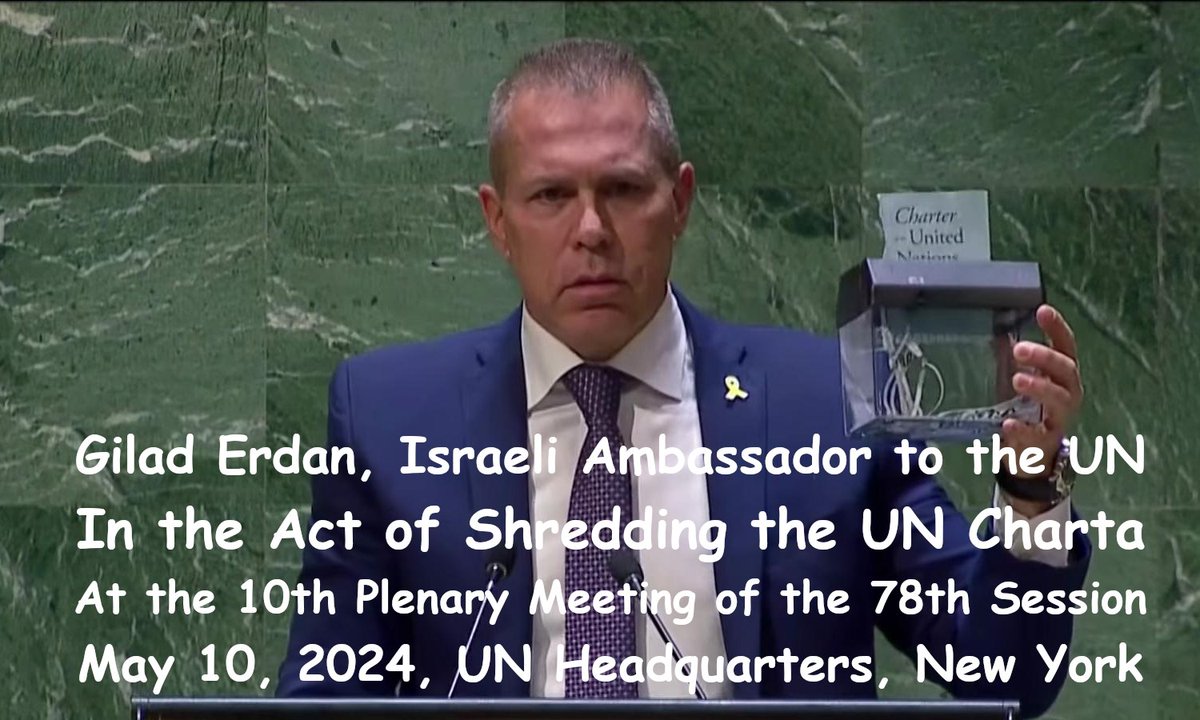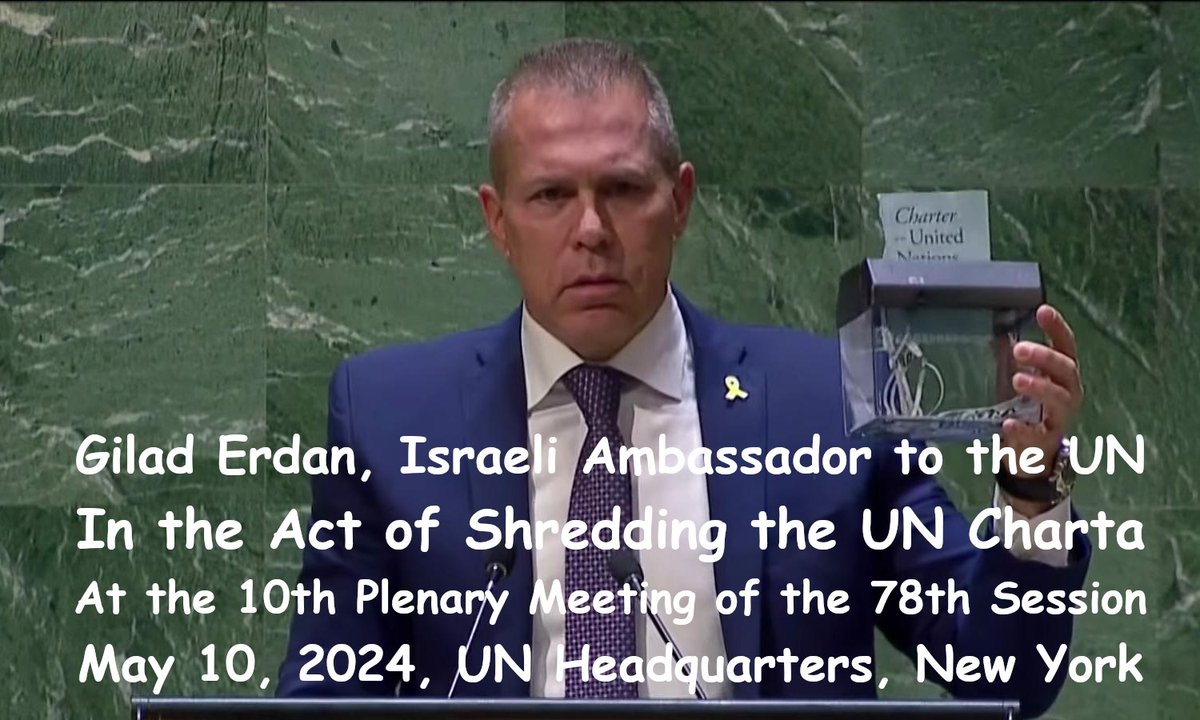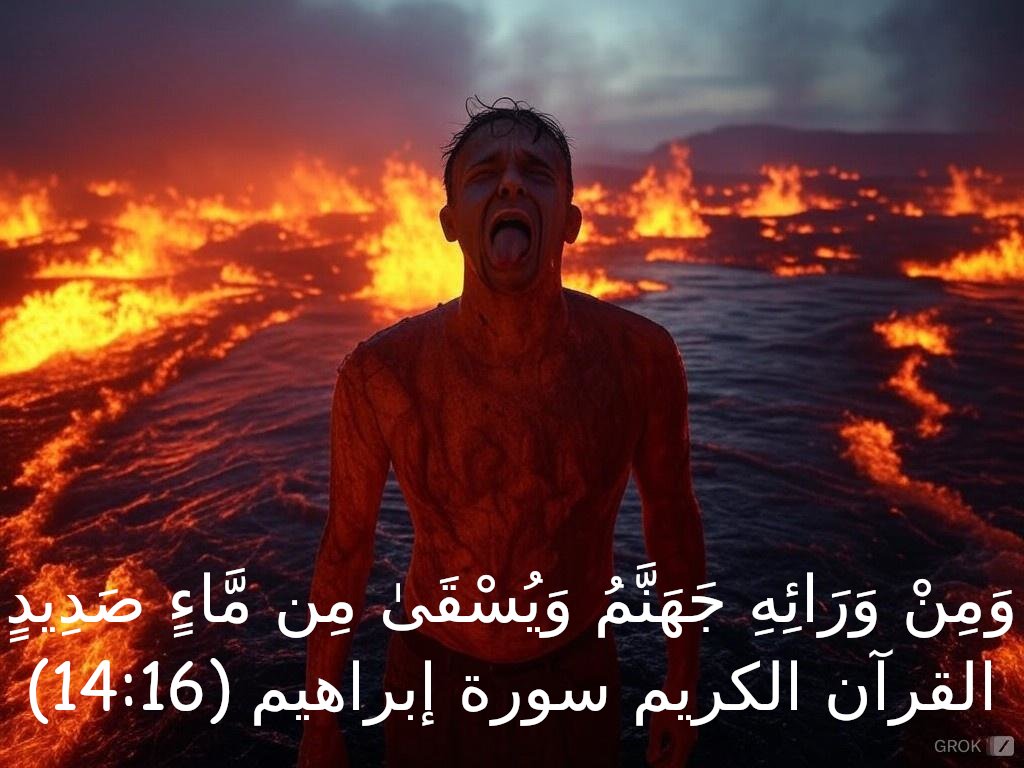More than 50,000 Palestinians have been murdered in Gaza. Do you now what else died in Gaza? The fiction of a human civilization. The illusion of a rules based order. The pretense of International Law. https://x.com/R34lB0rg/status/1909000367712489866/photo/1

Tell me @grok, how would the world react if Russia was found to have shot at an ambulance with emergency lights, stopping it, executing some rescue workers with multiple bullets and burying the rescue workers and the vehicle while some of them were still alive?
Israel has quite literally shredded international law.


A significant increase in the intensity of the bombing, and a number of martyrs and wounded—most of them children—arrived in critical condition at the Baptist Hospital following Israeli drone fire and artillery shelling targeting the al-Tuffah neighborhood east of Gaza City. https://x.com/AnasAlSharif0/status/1908947447889719754
IDF ought to be called HPL Habitual Pathological Liars https://x.com/TreyYingst/status/1908488215767425298
Enough of the war! Massacre after massacre, execution of 15 aid workers, mass graves, desecration, starvation You can't continue life as usual.
Either you oppose the murder of 16,000 children or you are on the wrong side of reality, the dark, shameful, inhumane side.
It is imperative to resist. Don't deny, don't participate, you can't be blind.
Men, women, children... are being slaughtered day and night, in sound and sight, in front of the eyes of the whole world, and no one is moving! What more needs to happen for the world to wake up? So it moves? Until the massacres stop?!
Where are the influencers? Where are those who have millions of followers? Why are they silent?
By God, this silence is not neutrality...it is complicity in crime.
Based on the available information, it’s plausible that @R34lB0rg could be an international or human rights lawyer, but there’s no definitive evidence to confirm this. Let’s break down the reasoning:
Engagement with UN Mechanisms: - The user calls for the UN General Assembly to convene its 10th Emergency Special Session (ES10) and references the "Uniting for Peace" resolution (Resolution 377 (V)), a mechanism often invoked when the Security Council fails to act due to vetoes. This shows an understanding of UN procedures, which is typical for someone working in international law or human rights advocacy. - The proposed resolution includes operative clauses that align with legal strategies often employed by human rights lawyers, such as demanding a ceasefire, deploying an international protection force, and referring matters to the International Court of Justice (ICJ) for adjudication.
Advocacy Style: - The tone and structure of the posts are formal and action-oriented, urging the UNGA to "uphold the law" and "ensure [the] safety" of Gaza’s people. This advocacy style mirrors how human rights lawyers often engage with public platforms to raise awareness and push for legal accountability. - The user’s focus on Gaza, combined with references to specific ICJ rulings (e.g., the January 2024 provisional measures ordering Israel to prevent genocide) and Security Council failures (e.g., the U.S. veto on February 20, 2024), aligns with the kind of work international human rights lawyers do, especially those focused on conflict zones.
The legal references in the tweet are grounded in binding international law and obligate the international community to act. By invoking these frameworks, فريد is pressing the UNGA to bypass the Security Council’s paralysis and take concrete steps to protect Gaza’s people. https://x.com/R34lB0rg/status/1908798329435095430